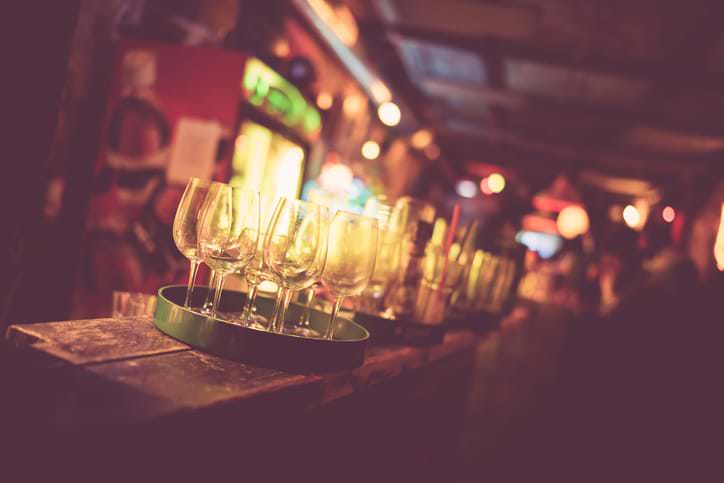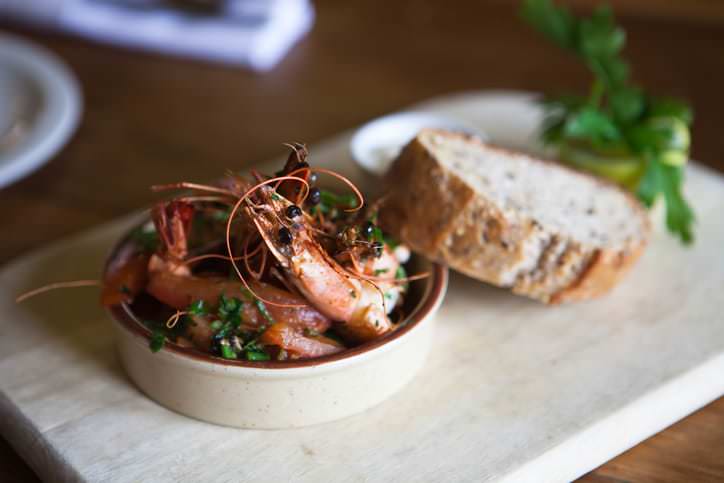The sheer thought of starting a pub business readily evokes vivid images of merry throngs of revelers drinking and chatting heartily late into the night. However, this type of commercial startup isn’t as simple as the average Joe might assume. Just having the right amount of initial capital doesn’t mean that you’ll successfully crack into this otherwise taxing and reasonably trick trading venture. As such, this article briefly explores a few guidelines that will help you conveniently start and lucratively run a thriving beer joint. Continue reading to discover some top 5 tips and some practical advice on setting up your own pub.
1. Scrutinize Alcohol Consumption Trends & Stats
First off, you’re encouraged to thoroughly look at the most recent alcohol consumption trends and statistics before you launch your own bar business. Since these practical and trend-showing consumer reports will offer you the hard facts you need to pick a promising site, it’s quite possible for you to distinguish specifically customer-rich areas from outright no-go zones. You’ll as well have to keep in mind a host of other equally important location-oriented considerations like safety concerns and security levels.
2. Determine the Type of Bar You Want to Set Up
There are many pub classifications out there. This means that you will have to decide whether yours will be a specialty bar or a typical neighborhood pub. For the highly savvy or sophisticated folks in town, a sports bar could also be your preferred thing. Alternatively, you might choose to launch a common beer bar. Regardless of the specific pub category you go for, take enough time and thoroughly weigh all the requisite insights and managerial demands that come with the favorite sort of club you want to set up.
3. Think about the Required Amount of Capital & Its Source(s)
Starting a beer joint is not different from opening any other business type, whether in the catering industry or some other popular commercial niches. Although some uninformed investors mistakenly think that putting in lofty cash figures will automatically bring good returns, this myth is hopelessly false. The starting capital is an important success determinant, yes; but it’s not the only such key factor. Sound management ought to rank higher than the actual sums you use to open the new bar.
4. Evaluate All the Anticipated Operational Expenses
In a similar vein, it’s vital to figure out all the expected operational expenses you’re likely to incur as you start and manage your own drinking joint. If you don’t carry out an informed forecast of the inevitable routine expenditure to be expected in the course of running the fresh startup, odds are decent you’ll be out business in no time. Some of the essential costs to factor in at the very beginning include rents, leasehold improvement spending, permits fees, equipment and fixtures, perhaps accounting charges or legal levies.
5. Choose a Strategic Business Location
Choosing the most advantageous physical location is perhaps the most critical decisions that nearly every disingenuous investor makes. Consequently, you should go for a perfectly accessible location where large numbers of customers will conveniently come into and get out of your place without any major hassles. For instance, you may opt for a hugely peopled spot so that you can easily attract the thousands of potential consumers in the neighborhood. However, remember to liaise with the concerned regulatory authorities to avoid running smack into regrettable statutory illegalities from the very outset.


